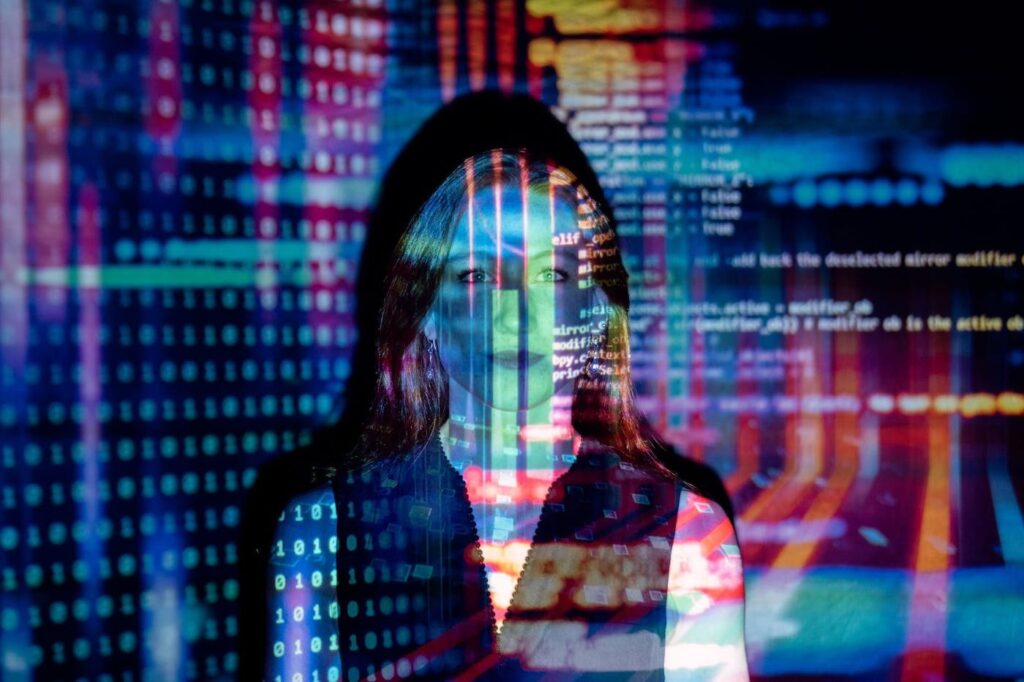Media companies pay big bucks to have people sit behind desks and read from teleprompters as they deliver the news.But what if you're a newscaster? teeth A teleprompter in human form? Over the next decade, media companies will replace expensive employees with much cheaper AI news anchors. AI news anchors look and sound almost exactly like real humans, yet can read news just as effectively or more effectively.
Technology has evolved to the point where AI-generated news anchors are already a reality, but they are still in beta testing. China's state-run Xinhua News Agency has AI anchors, as do Kuwait News and India Today. With the ability to literally “work” 24 hours a day, AI news anchors can read the news non-stop without even needing a bathroom break. AI anchors work perfectly in any situation because there is an editor on standby to create the right text.
Although unsuitable in the face of the worst crises and human tragedies, AI anchors can deliver news without interruption or emotion.
If that's the case with AI newscasters, this is fine. repeat news.But if they generate news? There are significant drawbacks to consider.
AI anchors lack the emotional depth and spontaneous reactions that human anchors provide, which are important for storytelling and audience connection. Technically, AI still faces the challenge of processing complex languages and may struggle in unscripted scenarios. The introduction of AI in newsrooms has also raised concerns about job losses in journalism. Furthermore, since AI systems can be influenced by training data, viewers may be wary of the reliability and potential bias of the news delivered by his AI. Ethical considerations also arise, particularly regarding the potential for misuse of AI to spread misinformation and propaganda.
This is a big question for skeptics who wonder what will happen. Many fear that the AI news anchor will cause an Orson Welles-type chaos, as he did in the 1930s when he broadcast a fake invasion by aliens on the radio and caused widespread panic. . An AI anchor that can freely say what it wants to say could bring disaster to the earth all at once.
We are already seeing reports of anti-US deepfake news programs produced by pro-China bot accounts. There are other fake AI news programs out there. If these are true, then the skeptics are right and we certainly need to be concerned. The fake news that has spread so far on social media over the past few years pales in comparison to what we will see over the next decade or more. As AI takes over media newsrooms, the misinformation campaigns we see today will become more diverse.
In reality, AI news anchors have a mix of advantages and disadvantages. As mentioned earlier, one of the main advantages is that it can work continuously without fatigue, thus providing consistent and uninterrupted news delivery. This, together with the potential cost savings in salaries and related expenses, makes it an economically attractive option.
Of course, on top of these benefits is the fact that AI anchors can deliver news in multiple languages, enhancing the accessibility and reach of your content. We are also adept at quickly updating news and correcting mistakes, ensuring our viewers receive the most up-to-date information. AI technology can also personalize news content to individual audience preferences, increasing engagement.
As AI technology evolves, the role of AI in news broadcasting will continue to be a topic of debate, balancing these advantages and disadvantages.
Until then, take everything with a grain of salt and don't believe everything you see or hear.


